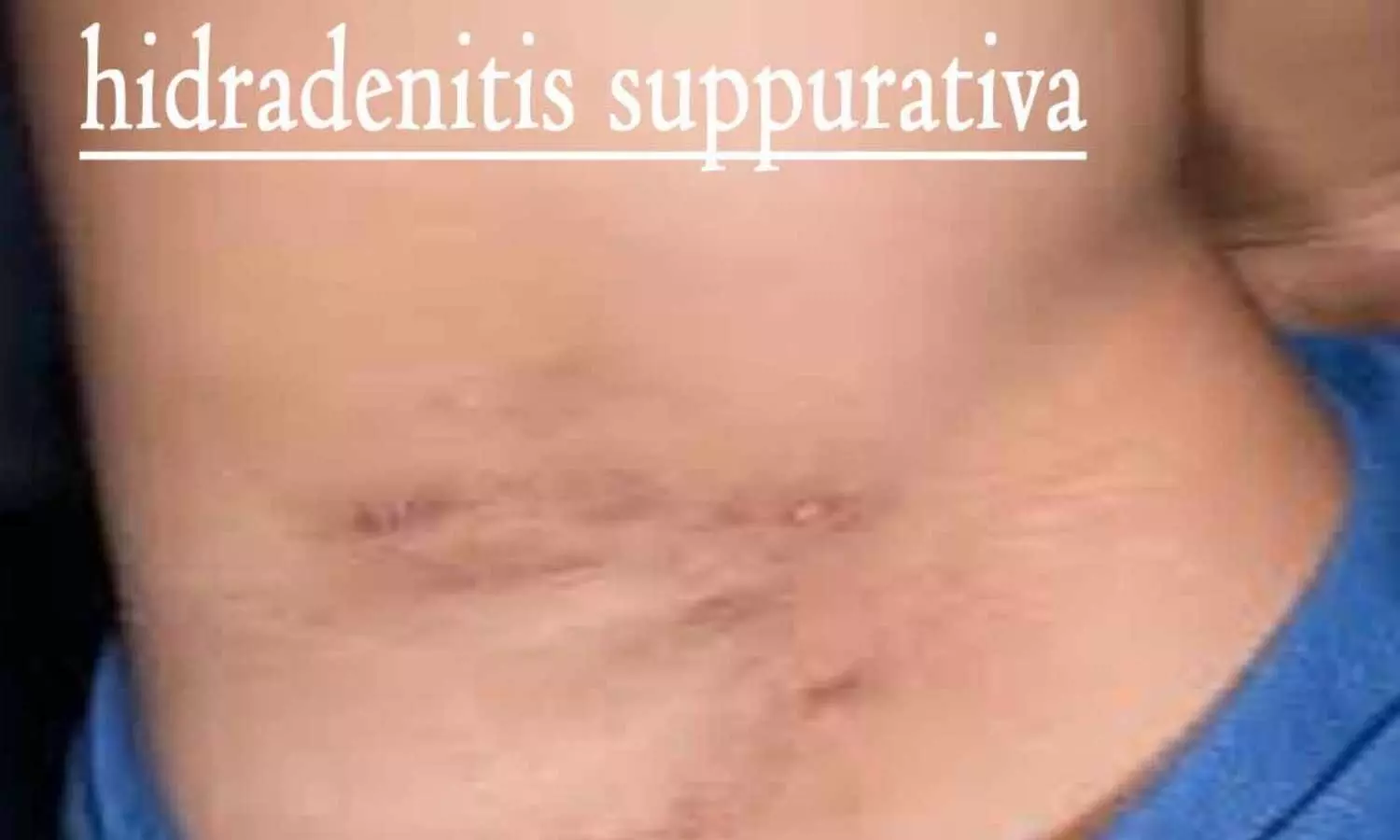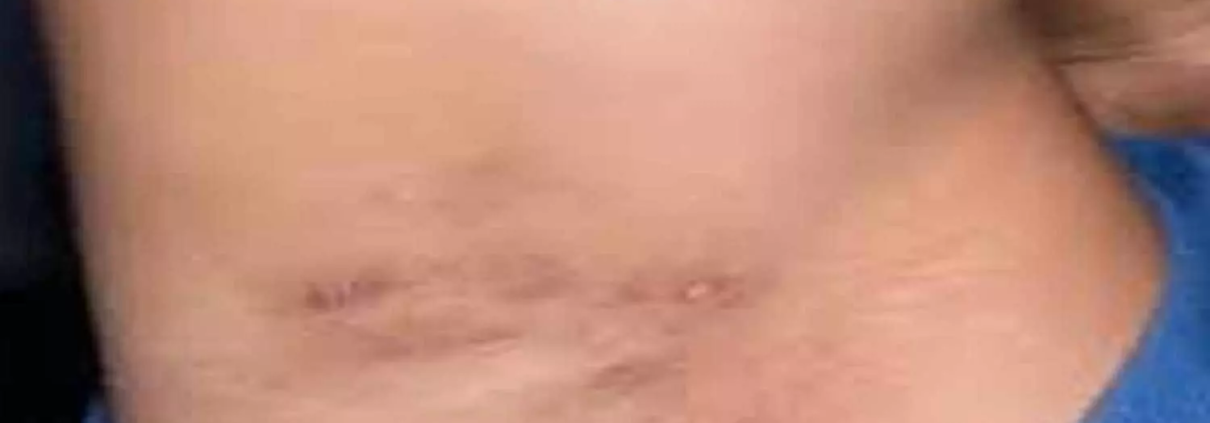Hidradenitis Suppurativa Linked to Higher Risk of Peripheral Arterial Disease, Study Finds

Taiwan: Patients with hidradenitis suppurativa (HS) face a significantly higher risk of developing peripheral arterial occlusive disease (PAOD), according to a 15-year follow-up cohort review published in Clinical and Experimental Dermatology.
The analysis, led by Dr. Shiu-Jau Chen from the Department of Neurosurgery, Mackay Memorial Hospital, Taipei, Taiwan, found that HS patients had a 23% higher crude risk of PAOD compared with matched controls, which increased to 48% after adjusting for confounding factors. The risk was particularly pronounced among men and adults aged 65 years or older, highlighting the need for careful cardiovascular evaluation in this patient population.
The review utilized data from the TriNetX research network, matching patients with HS 1:1 to non-HS controls based on demographic and clinical characteristics. The primary aim was to determine the incidence of PAOD over 15 years. Incidence rates were analyzed using hazard ratios (HRs) and Kaplan-Meier survival curves, with sensitivity and stratification analyses conducted to verify the robustness of the findings.
The key findings of the study were as follows:
- HS patients showed consistently higher rates of PAOD compared to controls.
- In the unadjusted model, the hazard ratio (HR) for developing PAOD in HS patients was 1.23.
- After adjusting for potential confounders, the risk remained elevated with an adjusted HR of 1.48.
- Kaplan-Meier analyses demonstrated a significantly higher cumulative probability of PAOD in HS patients over the follow-up period.
- Stratified analyses indicated that men with HS had an HR of 1.79.
- Adults aged 65 years and older with HS had an HR of 1.77.
- Elevated risk persisted even after accounting for traditional cardiovascular risk factors, suggesting HS independently contributes to the development of arterial disease.
The findings emphasize the importance of proactive cardiovascular monitoring and management in patients with HS. Clinicians are encouraged to assess for signs of peripheral arterial disease in this population, particularly in older patients and men, and to consider integrated care strategies that address both dermatologic and cardiovascular health.
Dr. Chen and colleagues emphasize the need for further investigations to clarify the biological mechanisms linking HS to PAOD and to explore whether effective management of HS could mitigate the associated vascular risk. This long-term review highlights the broader systemic implications of HS, reinforcing that the condition is not solely a dermatologic concern but also a marker for increased cardiovascular vulnerability.
“Hidradenitis suppurativa significantly raises the risk of developing peripheral arterial occlusive disease, independent of traditional risk factors, and calls for heightened awareness and preventive strategies in clinical practice,” the authors concluded.
Reference:
Chang, H., Lo, S., Li, Y., Chiu, T., Yeh, C., Jhang, Y., Chen, S., & Gau, S. Association between Hidradenitis Suppurativa and Peripheral Arterial Occlusion Disease: A propensity-score-matched cohort study. Clinical and Experimental Dermatology. https://doi.org/10.1093/ced/llaf423
Facebook Comments



